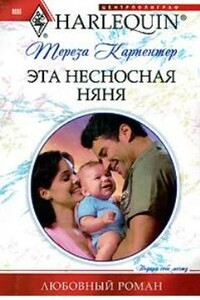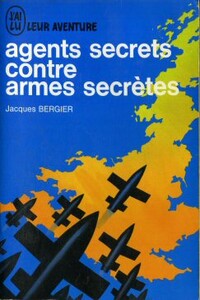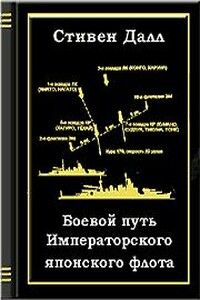It was Detective Phil Vannatter of the LAPD’s Robbery/Homicide Division.
I liked Phil. We’d worked together on a murder case two years earlier. The body never turned up, but we’d managed to get a conviction based on the DNA in a single drop of blood. Phil was crusty and hard to push around, but somehow we got to be good friends. We’d run into each other all the time and go out for drinks. We talked a lot about how great it would be to work another case together. But he was close to retirement and it didn’t seem likely that we’d ever team again.
“I’ve got this double,” Phil continued evenly. “I need to run it by you.”
Cops often do this, call a D.A. to see if the facts of a case justify a search warrant.
“Okay,” I said, pulling out a fresh yellow county-issue notepad. “Fire away.”
“O. J. Simpson. Do you know who this guy is?”
The name stirred only a vague recollection.
“Wasn’t he in Naked Gun or something?”
I’ve never been much of a sports fan. I couldn’t even remember for sure what game O. J. Simpson had played. I just had the general impression that he was a has-been.
Phil ticked off the basics:
Two bodies-Simpson’s ex-wife, Nicole Brown, and an unidentified male companion. Murdered.
Location. Brentwood. On Bundy Drive.
A lot of blood, in fact a trail of blood, leading away from the bodies, but cause of death not immediately apparent.
A beeper. A blue knit ski cap. A brown leather glove.
Phil, his partner, Tom Lange, and two other detectives from the West L.A. station had gone out to Simpson’s house to notify him of his ex-wife’s death. They hadn’t found Simpson but they talked to his daughter, who left Phil with the impression that her father had taken an “unexpected flight.”
“You know when it left or where it was going?” I asked Phil.
“Chicago,” he told me. “I think it left around midnight or one.”
Phil also mentioned that they’d found a bloody glove on the pathway.
“Mate to the other?” I asked, referring to the glove at Bundy.
“Someone’s out there checking, but yeah,” Phil said. “It sure looked that way to me.”
What he wanted to know was, Would a judge approve the warrant?
Now, keep in mind that when a D.A. gives a cop advice on a warrant, that D.A. must rely solely upon the facts as represented by the officer. On the morning of June 13, all I knew about this case was what Phil had just told me. I trusted him. We were buds. I realized that Phil was doing me a favor: he was throwing business my way, and I appreciated it. This one looked promising. If there was blood, that meant lots of DNA work. Physical evidence was my specialty.
“Yeah,” I told him. “Sounds like you have enough there.”
I told Phil that I’d go out to Rockingham to baby-sit the cops serving the warrant if he wanted. He thought that was a good idea and said he’d call me after he got the warrant typed. About an hour or so later he phoned.
“Warrant’s signed,” he told me. “We’re on our way.”
Signed? I thought. Wasn’t he going to read me the final draft? I found that a little odd, but decided not to make an issue of it.
“Oh, Phil,” I caught him before he hung up. “Have you got someone really good on this?”
I meant the assignment of a criminalist, the technician from the police crime lab who bags and tags the evidence at a crime scene. A prosecutor’s fortunes at trial rise and fall on the strength of the criminalist’s work. If evidence is overlooked, mishandled, or destroyed, you can never recoup your loss. A great criminalist is both paranoid and anal-retentive. He’s suspicious of a pebble if it looks out of place. He seizes more rather than less. He makes sure everything is meticulously packaged, precisely labeled. He goes to Jesuitical lengths to ensure that the chain of evidence is intact. That’s the ideal, anyway; unfortunately, most of the technicians at the police crime lab fell well short of it. The decent ones moved up in the department, or out of it. The bad ones, unfortunately, stuck like barnacles to the hull of the county bureaucracy.
Over the years I’d gotten into beefs with the LAPD over who should be assigned to collect and analyze evidence. In the Hawkins case, I’d peppered the brass with letters and phone calls demanding that they give me more senior firearms experts to redo some of the haphazard work already performed. Tempers ran so high that they told me to take the case to the Sheriff’s Department, where, they figured, I’d be given the standard treatment for a pushy babe: the cold shoulder.






